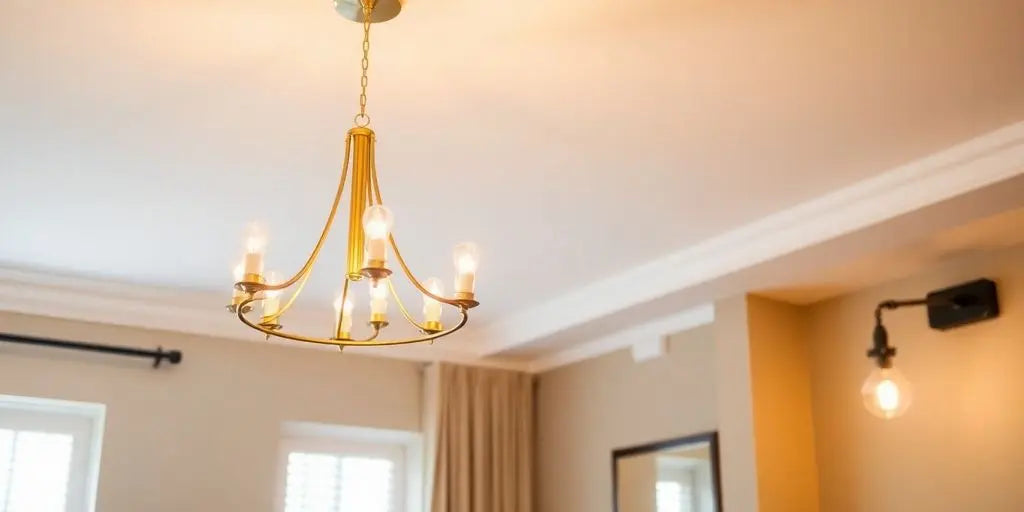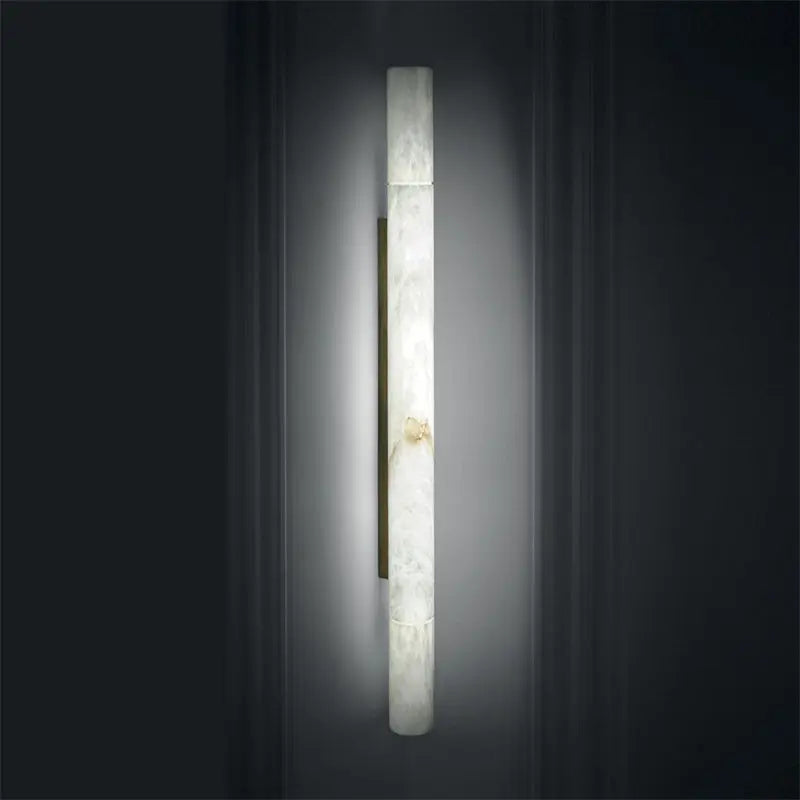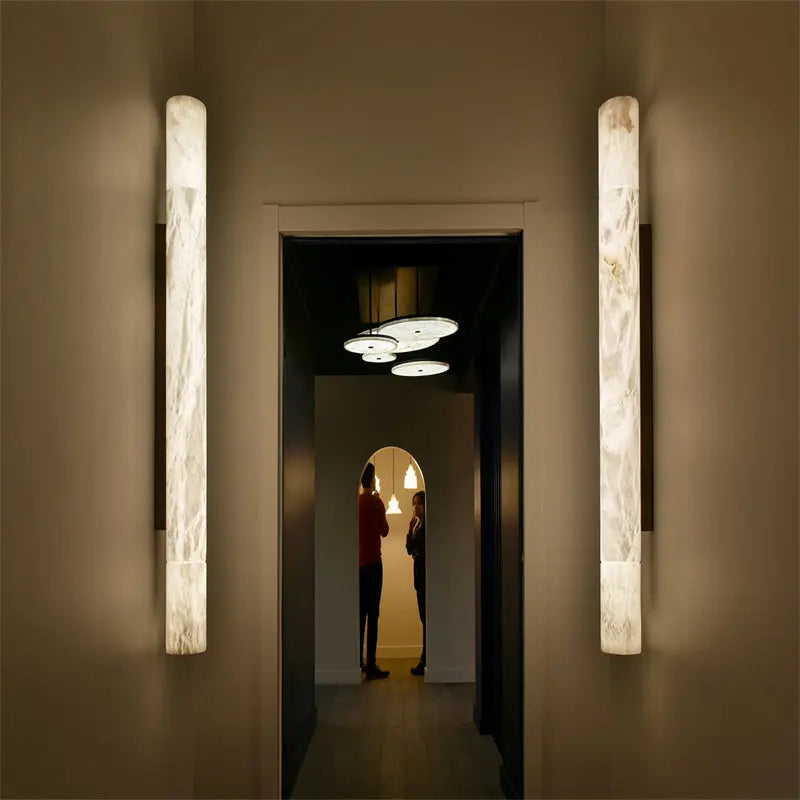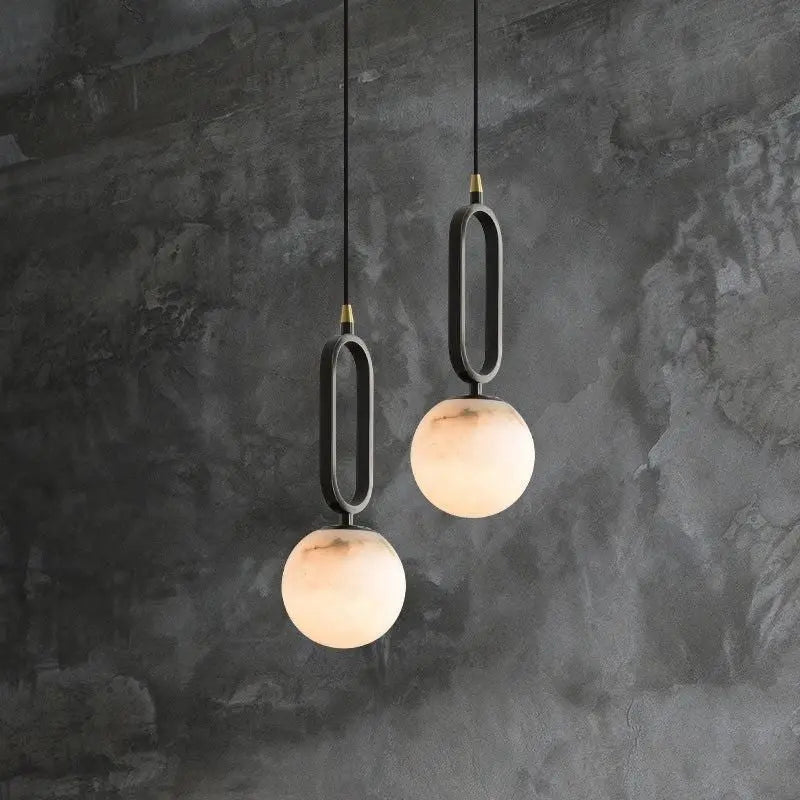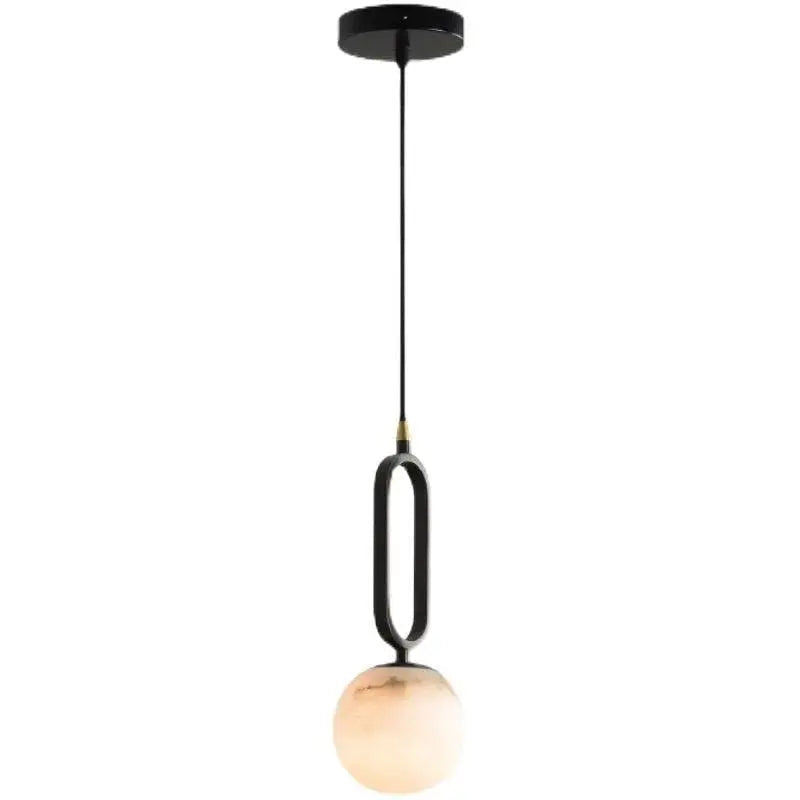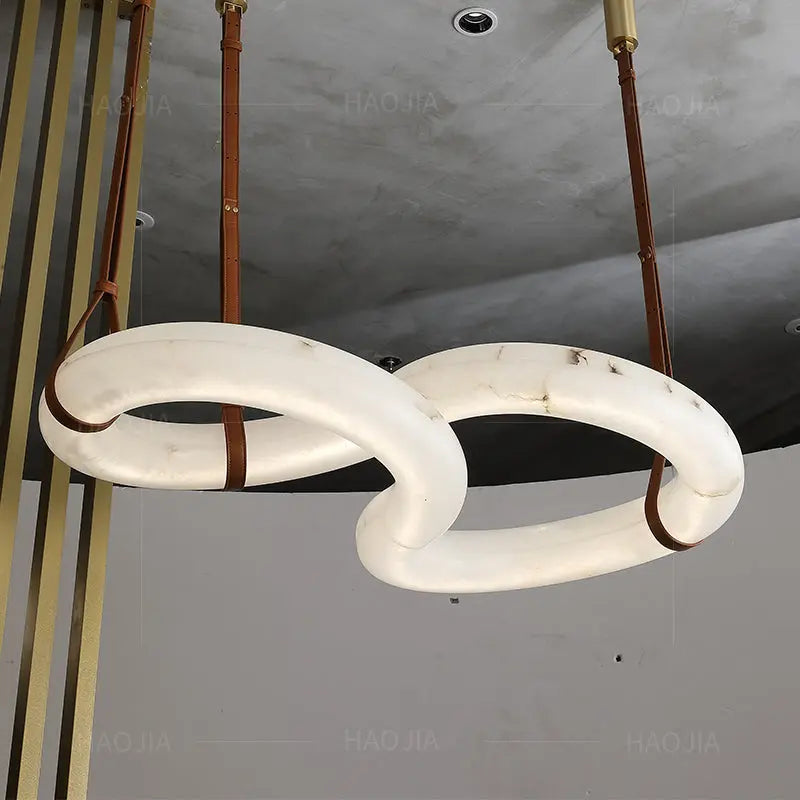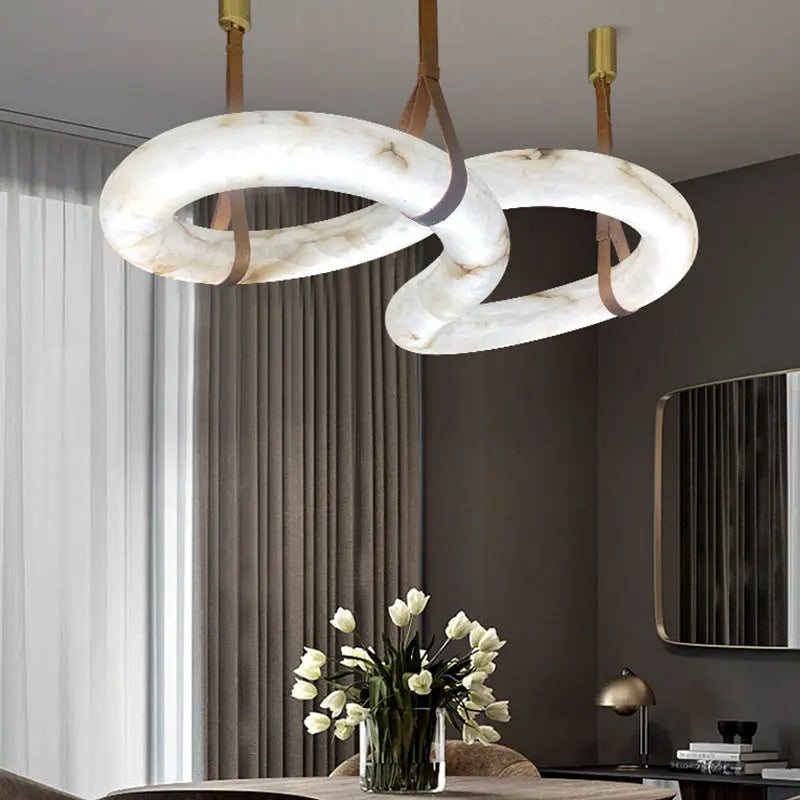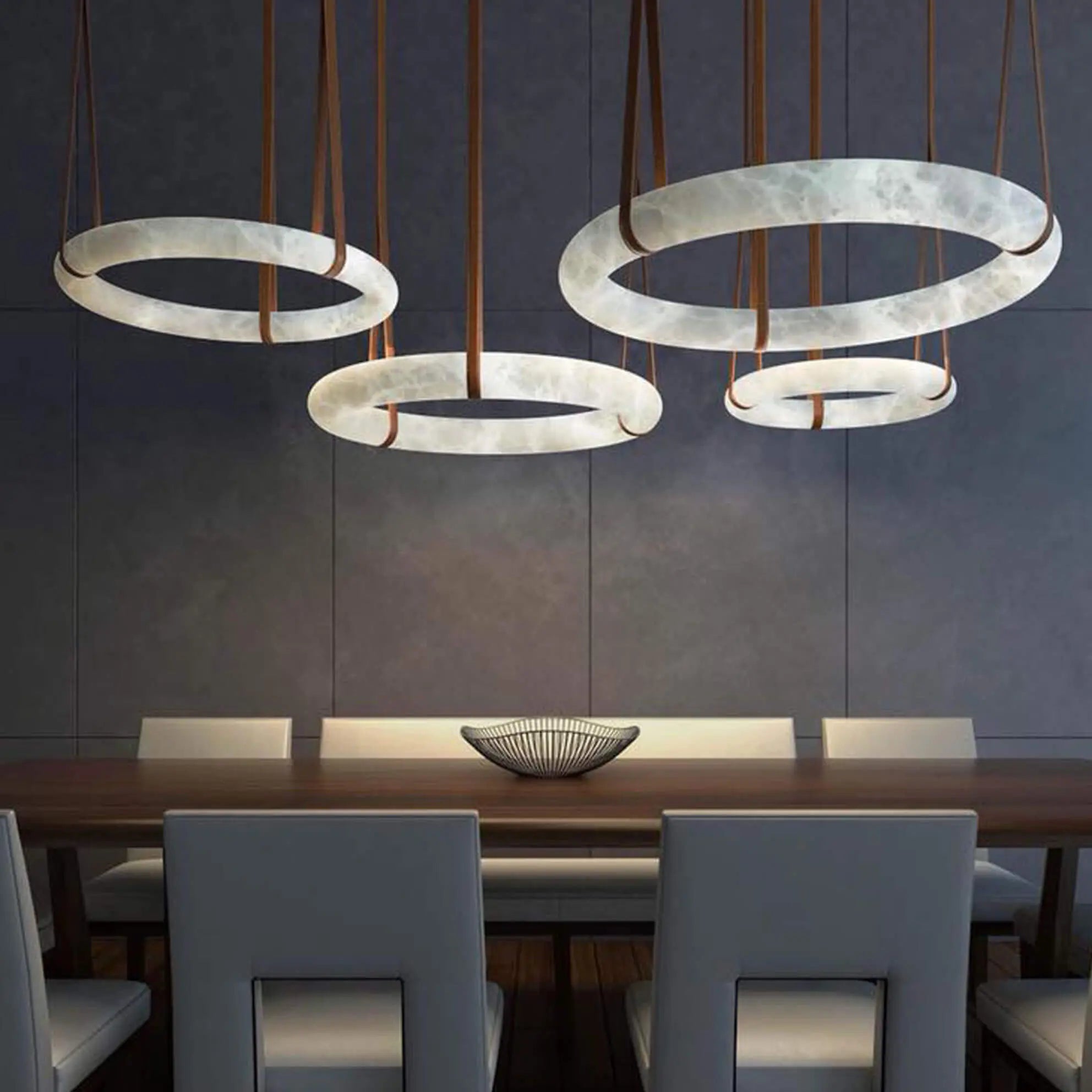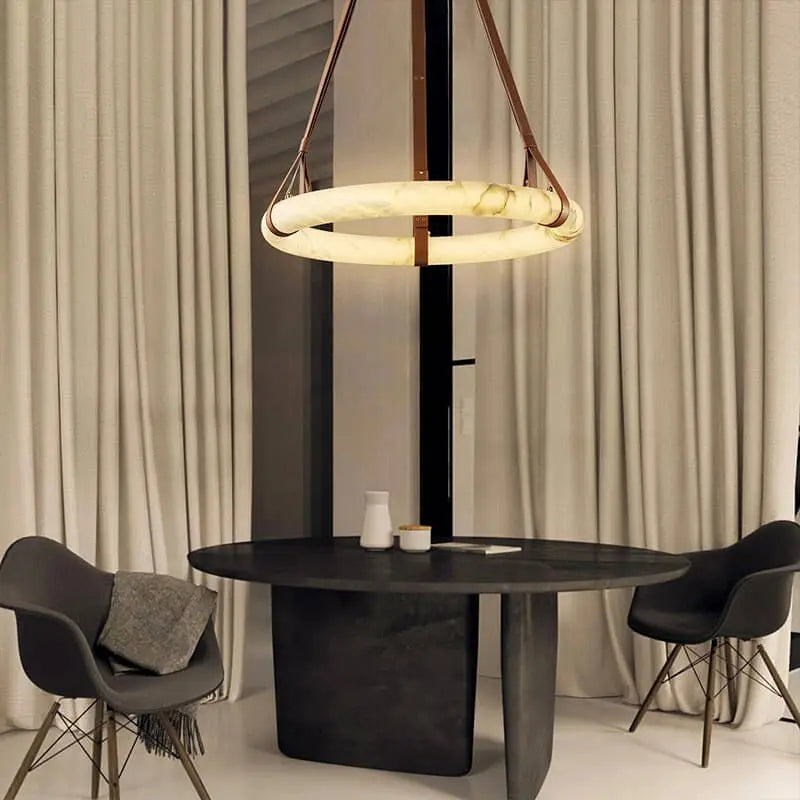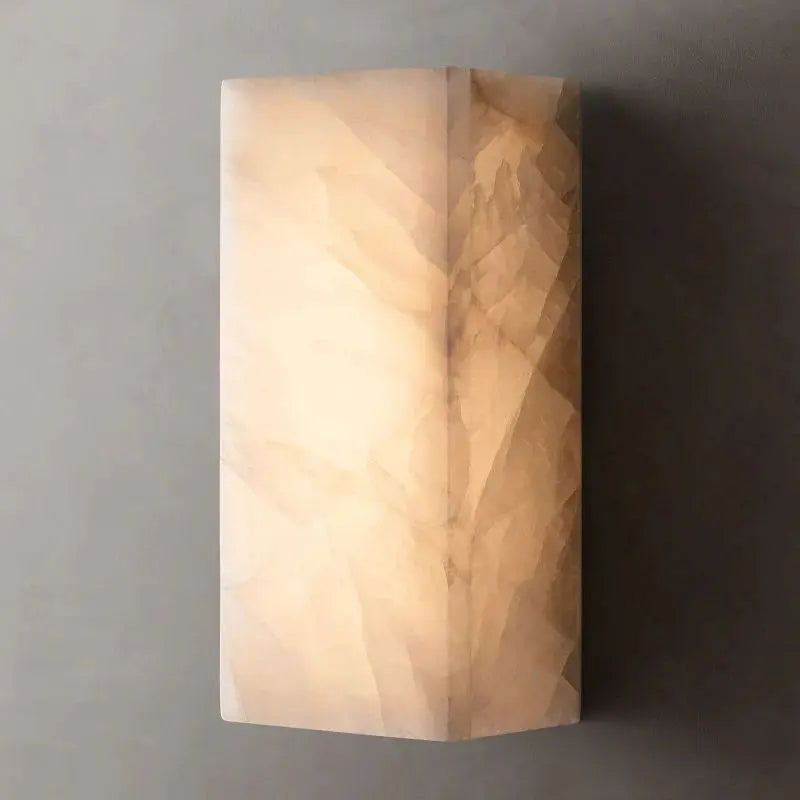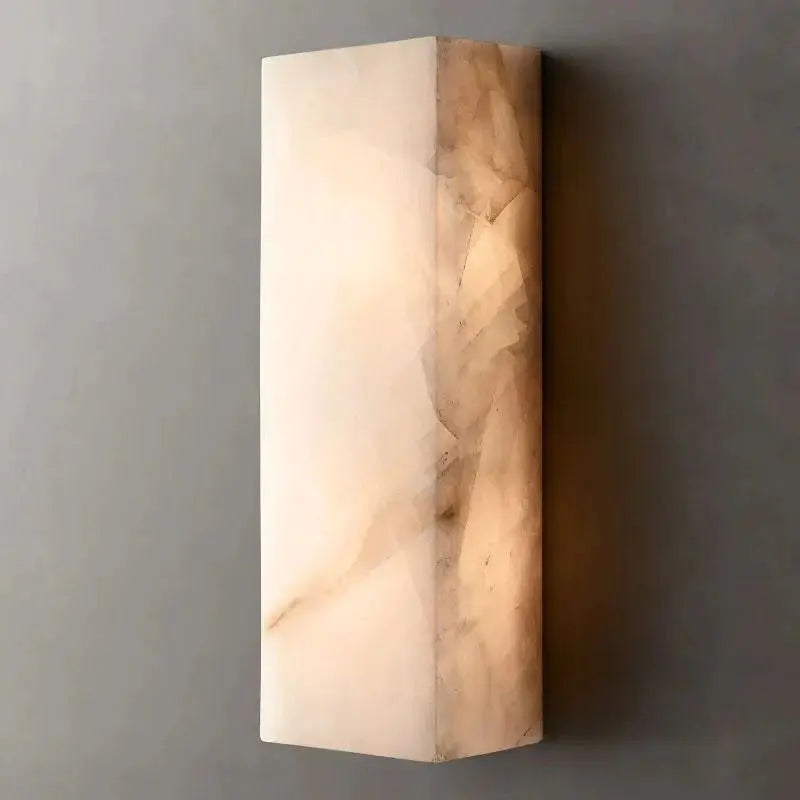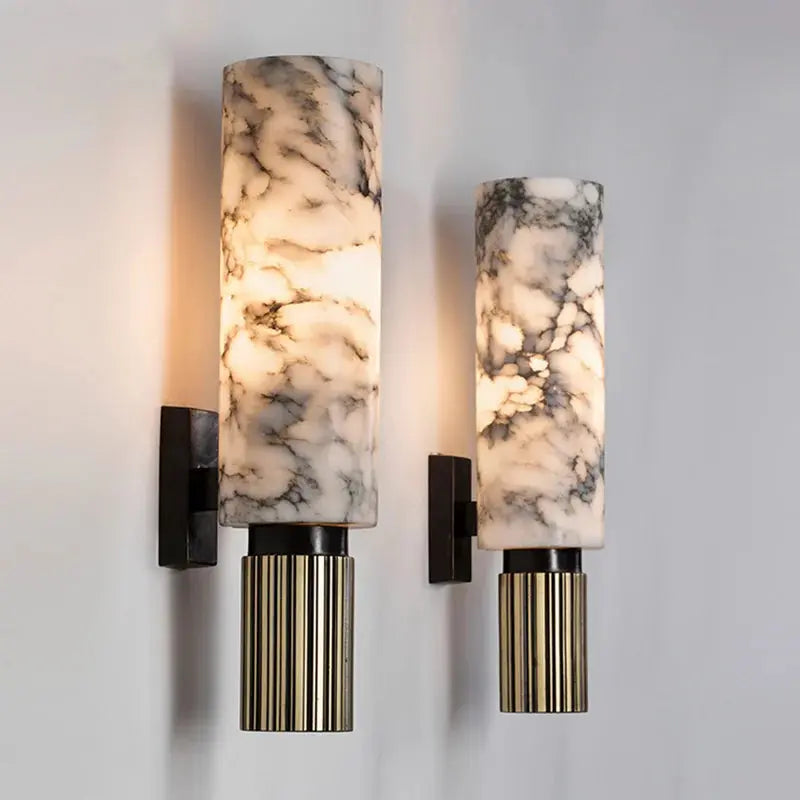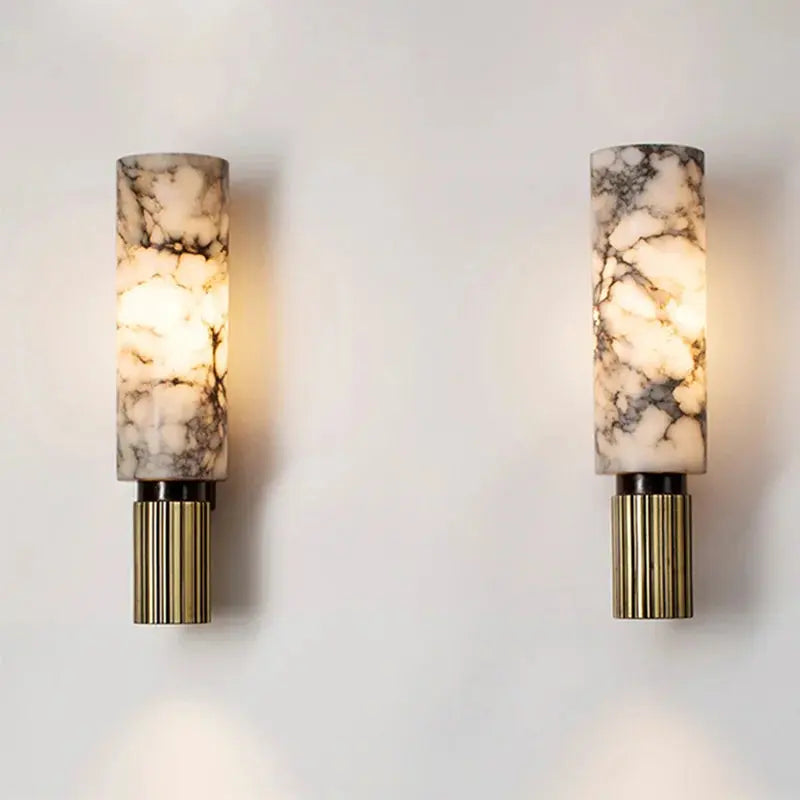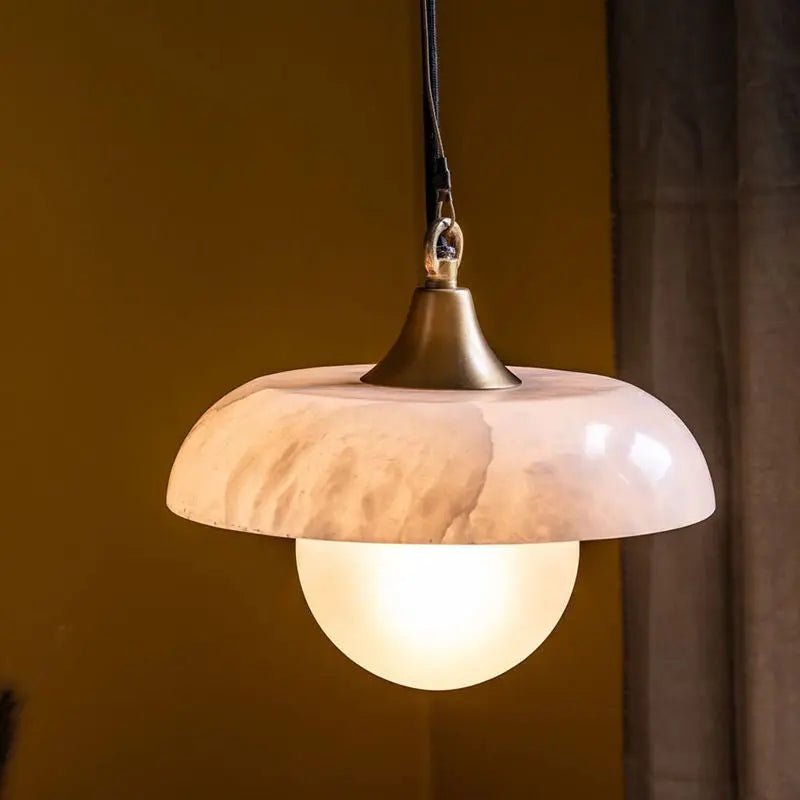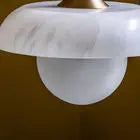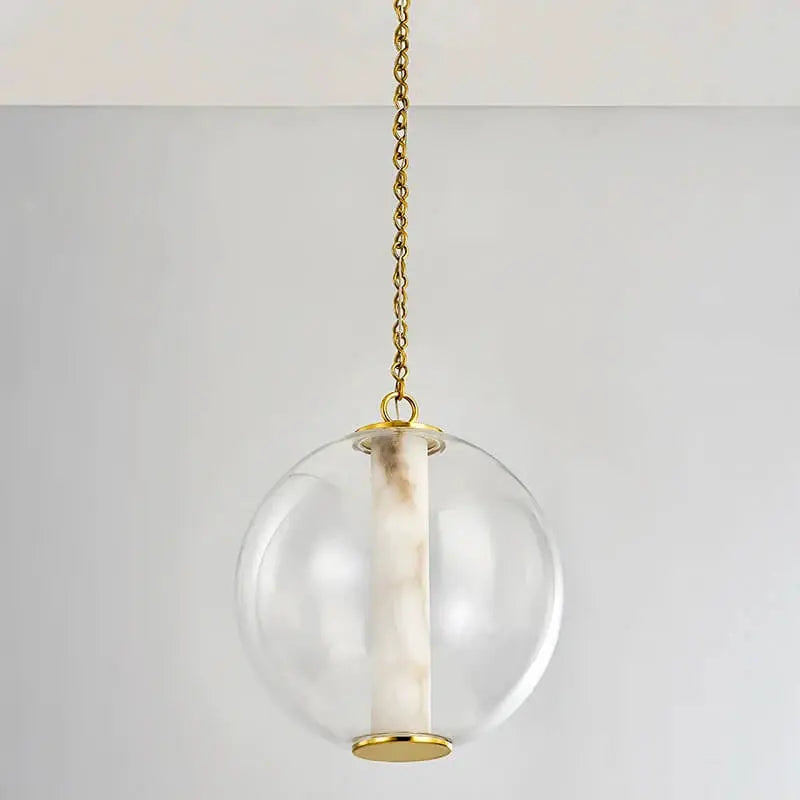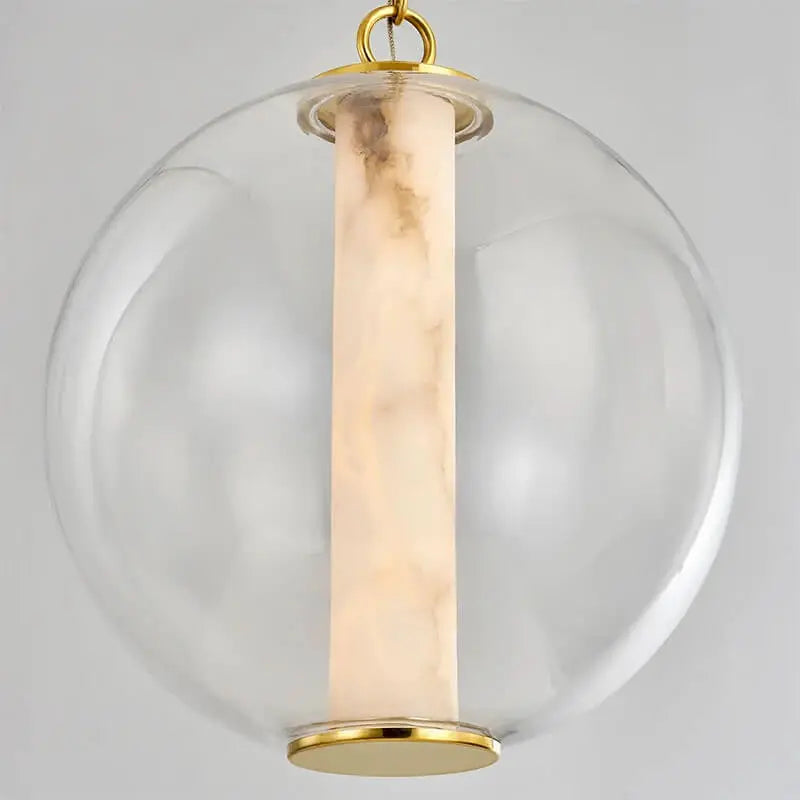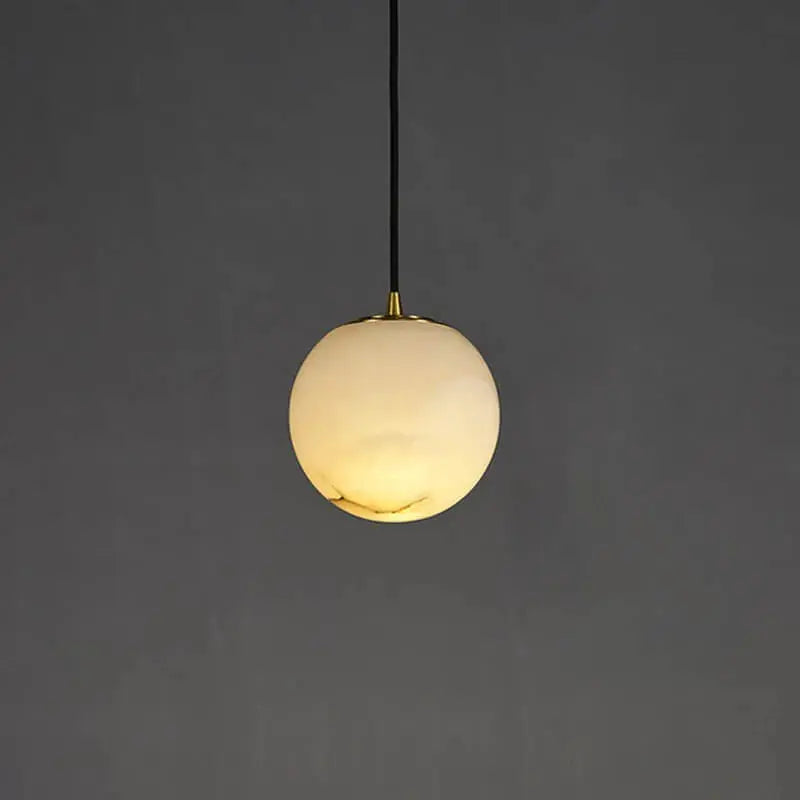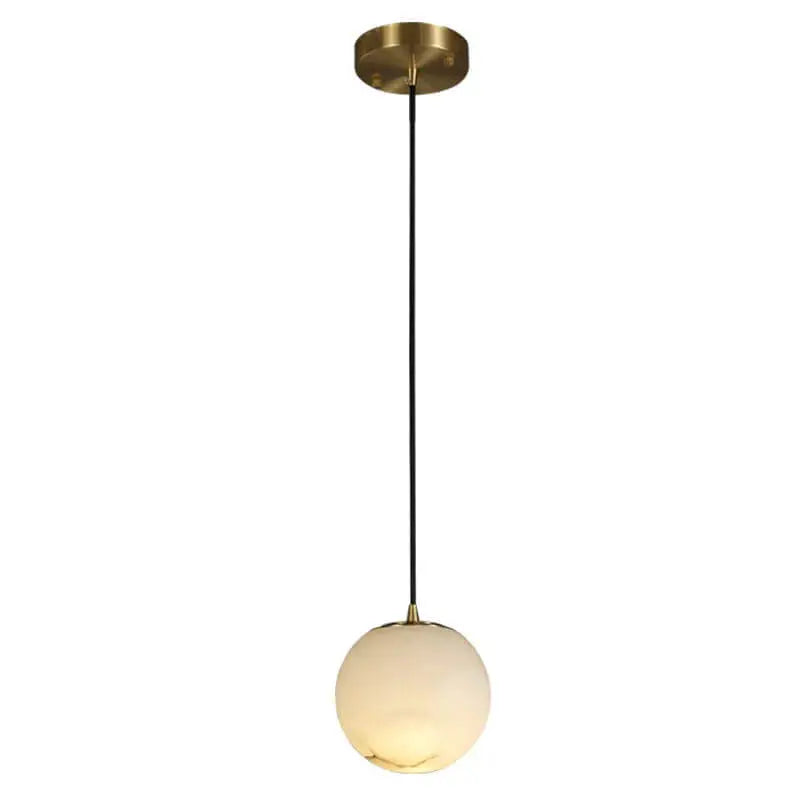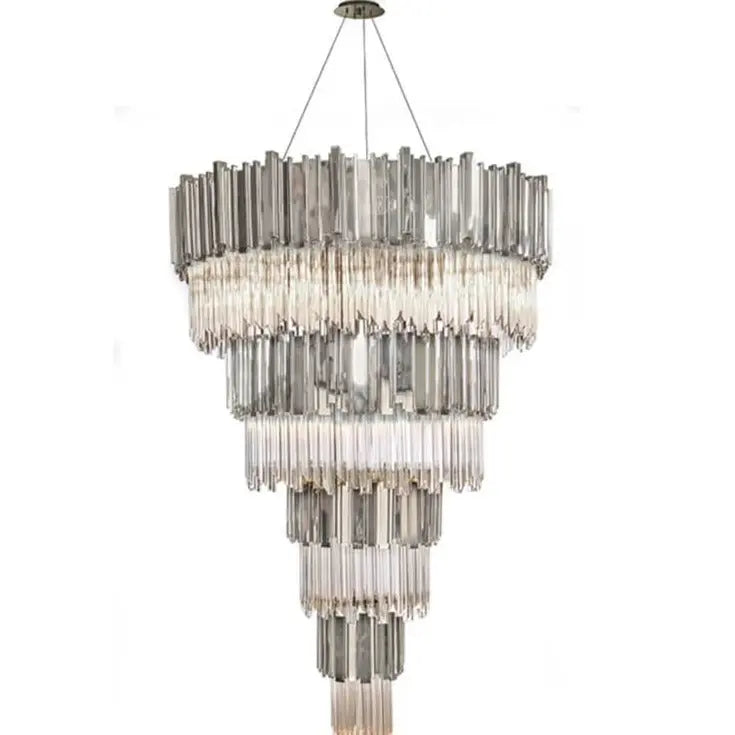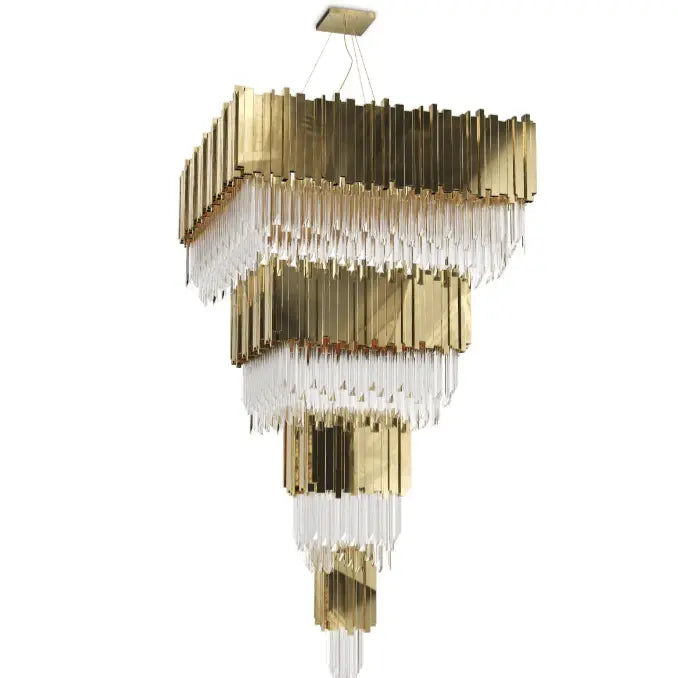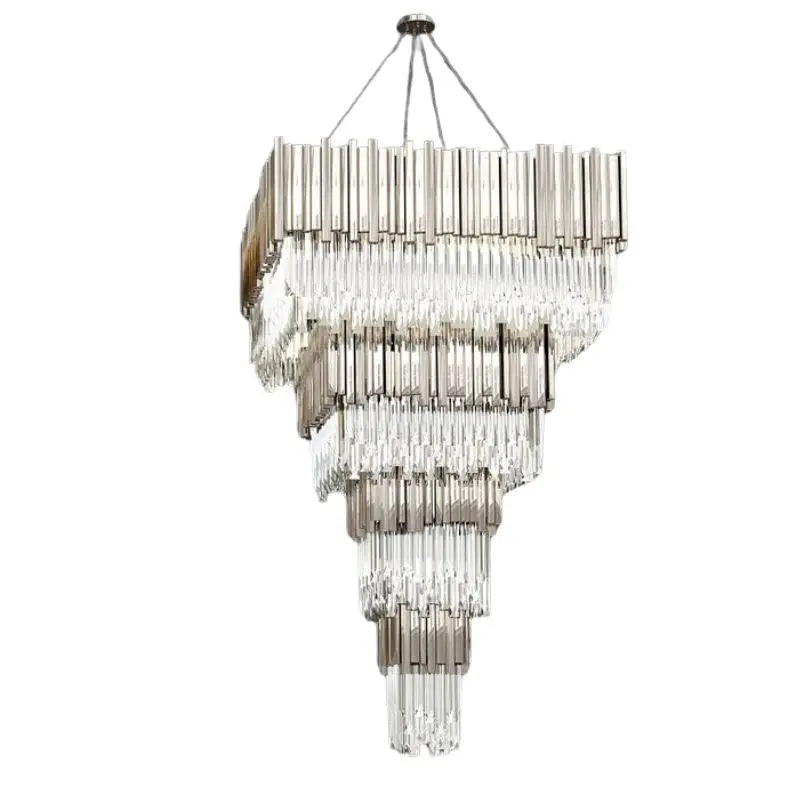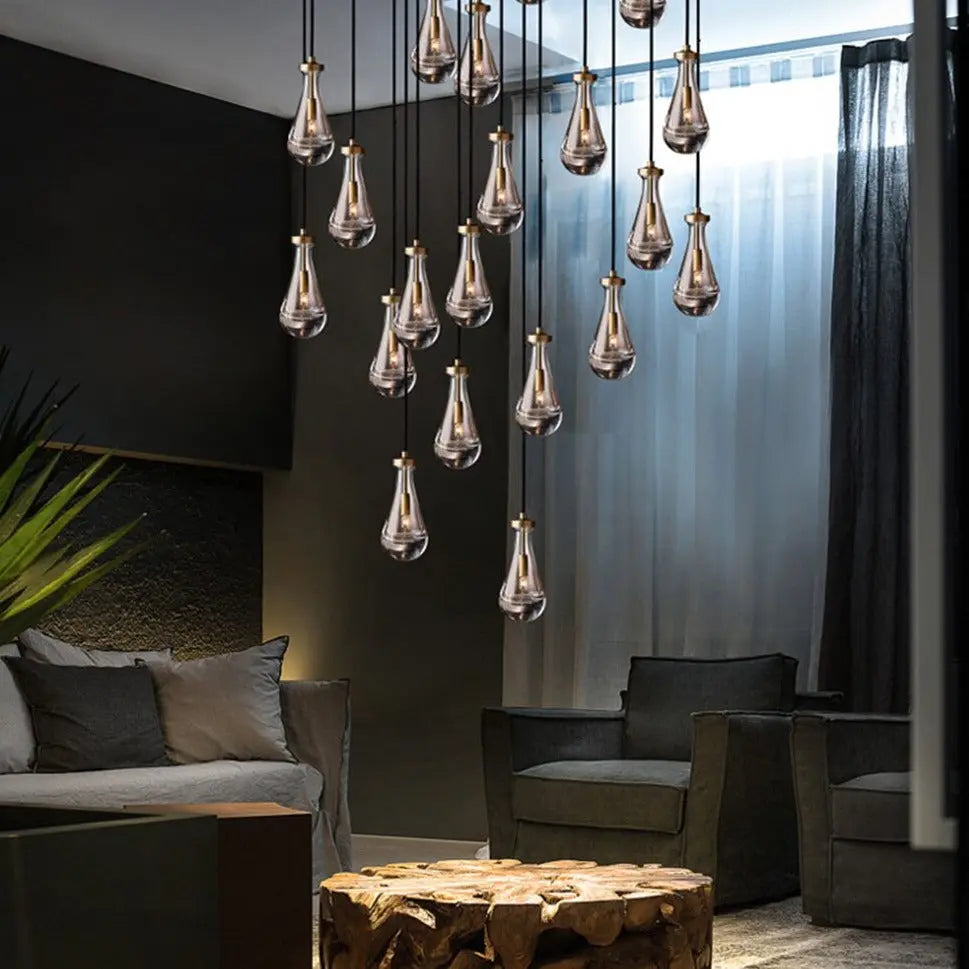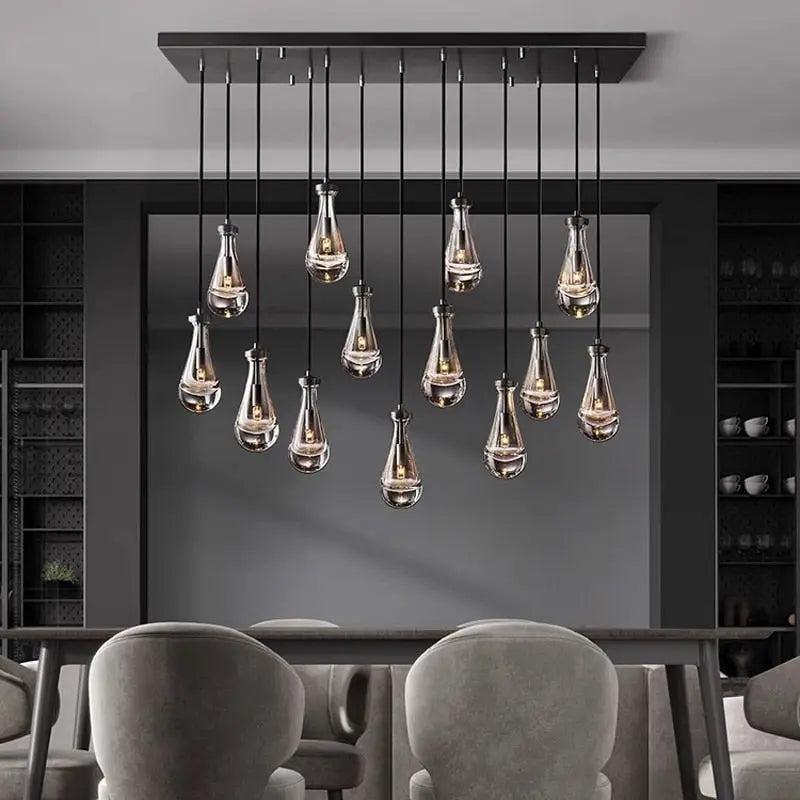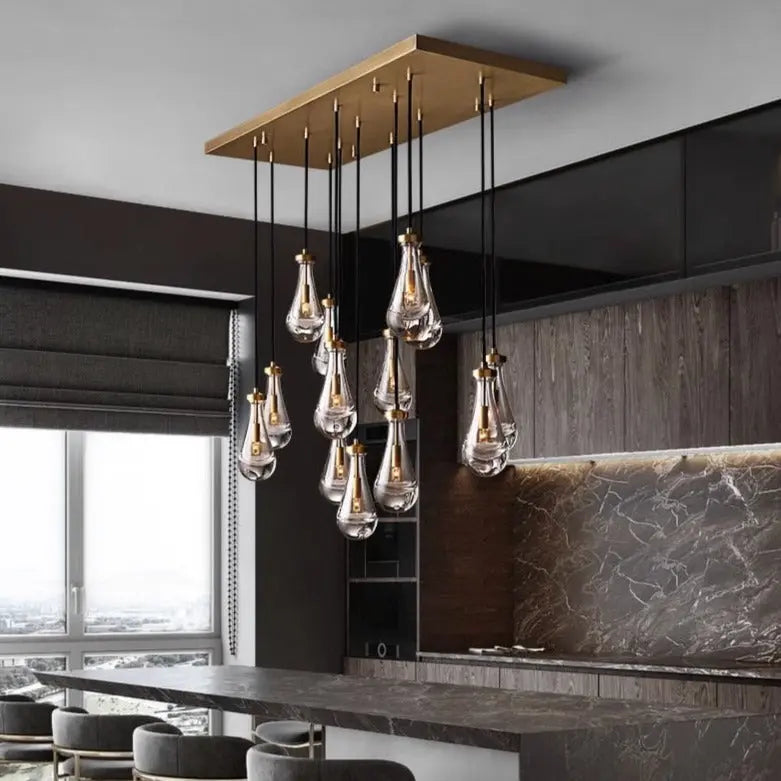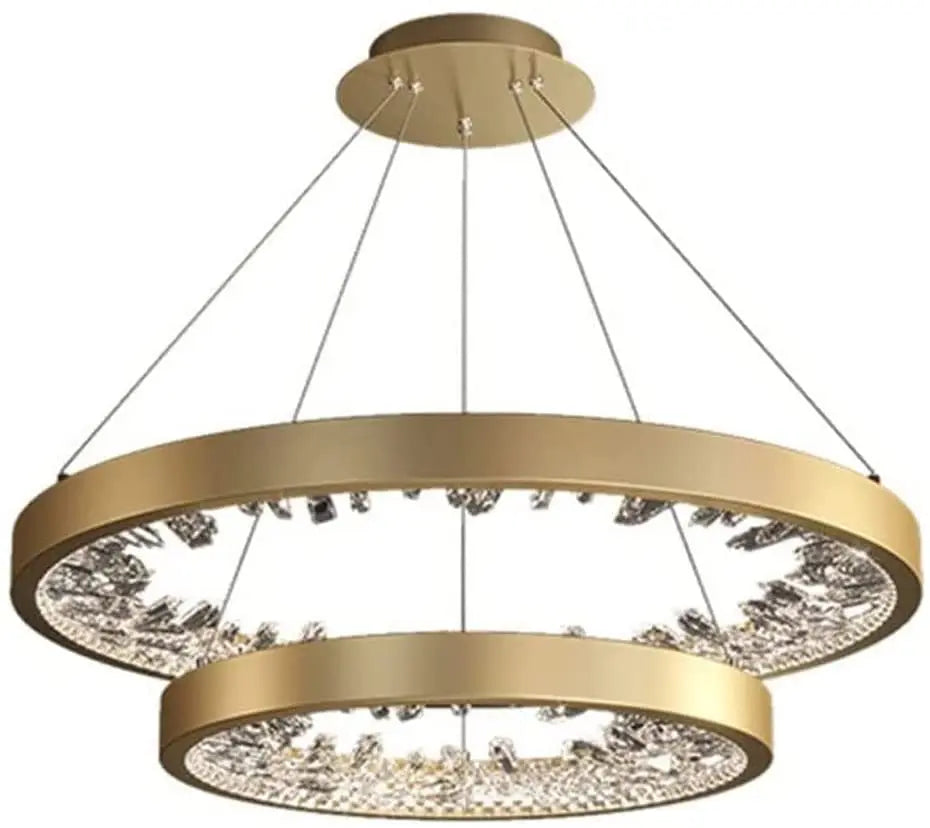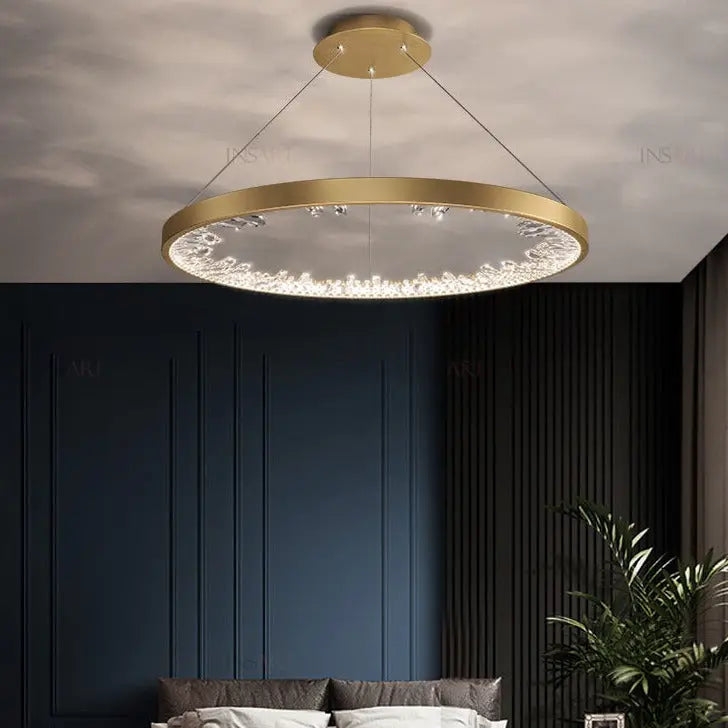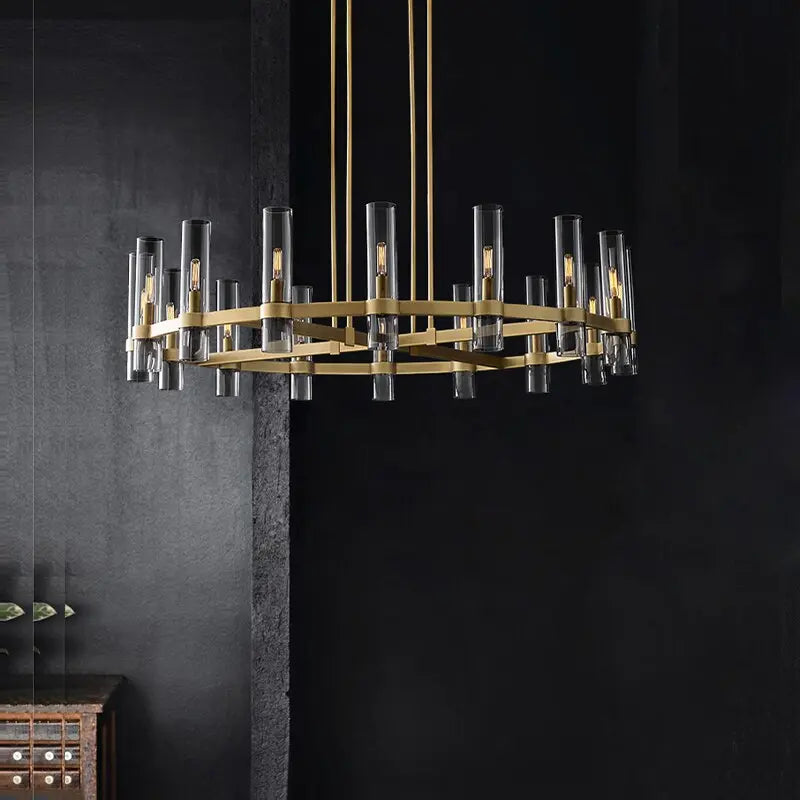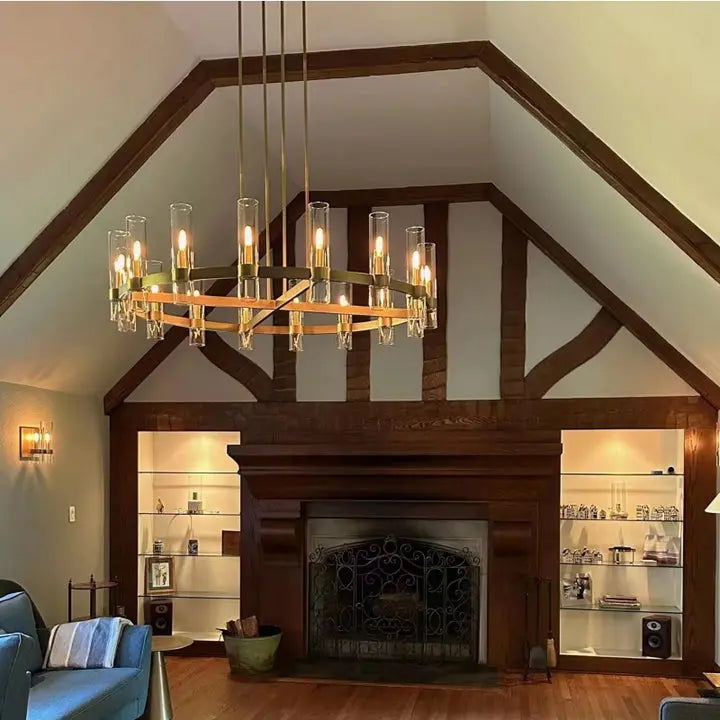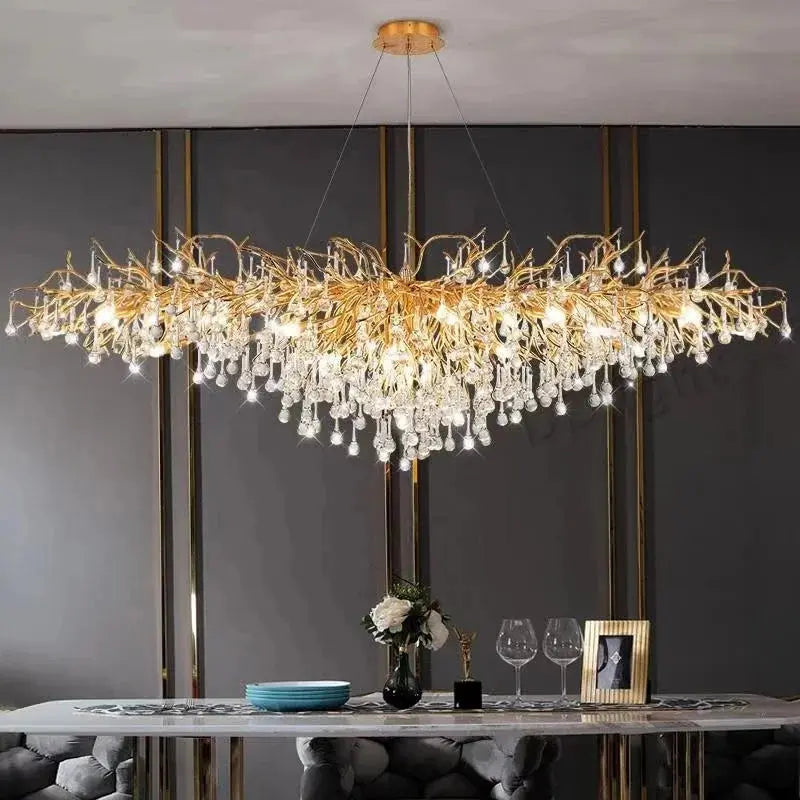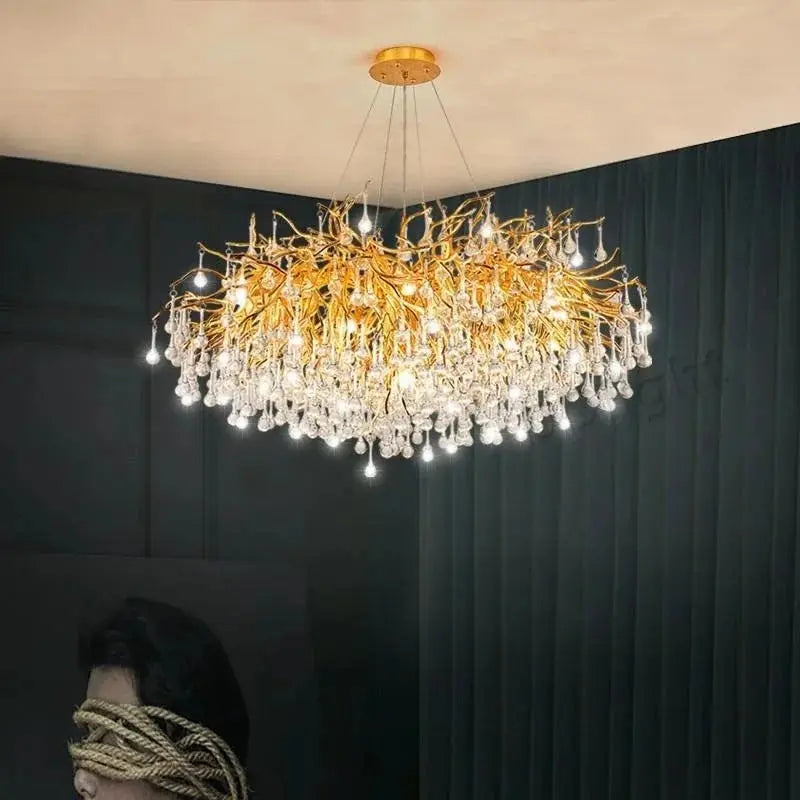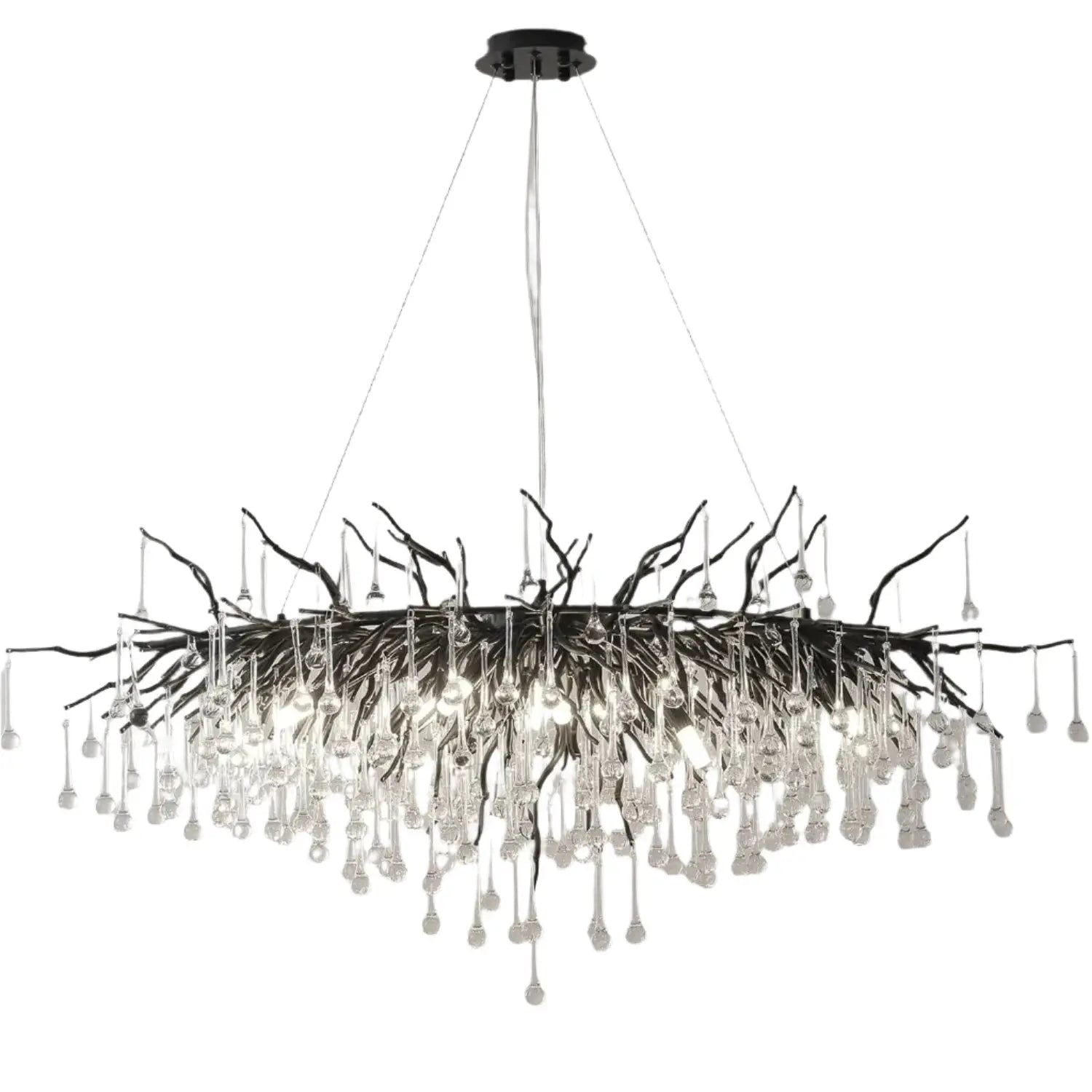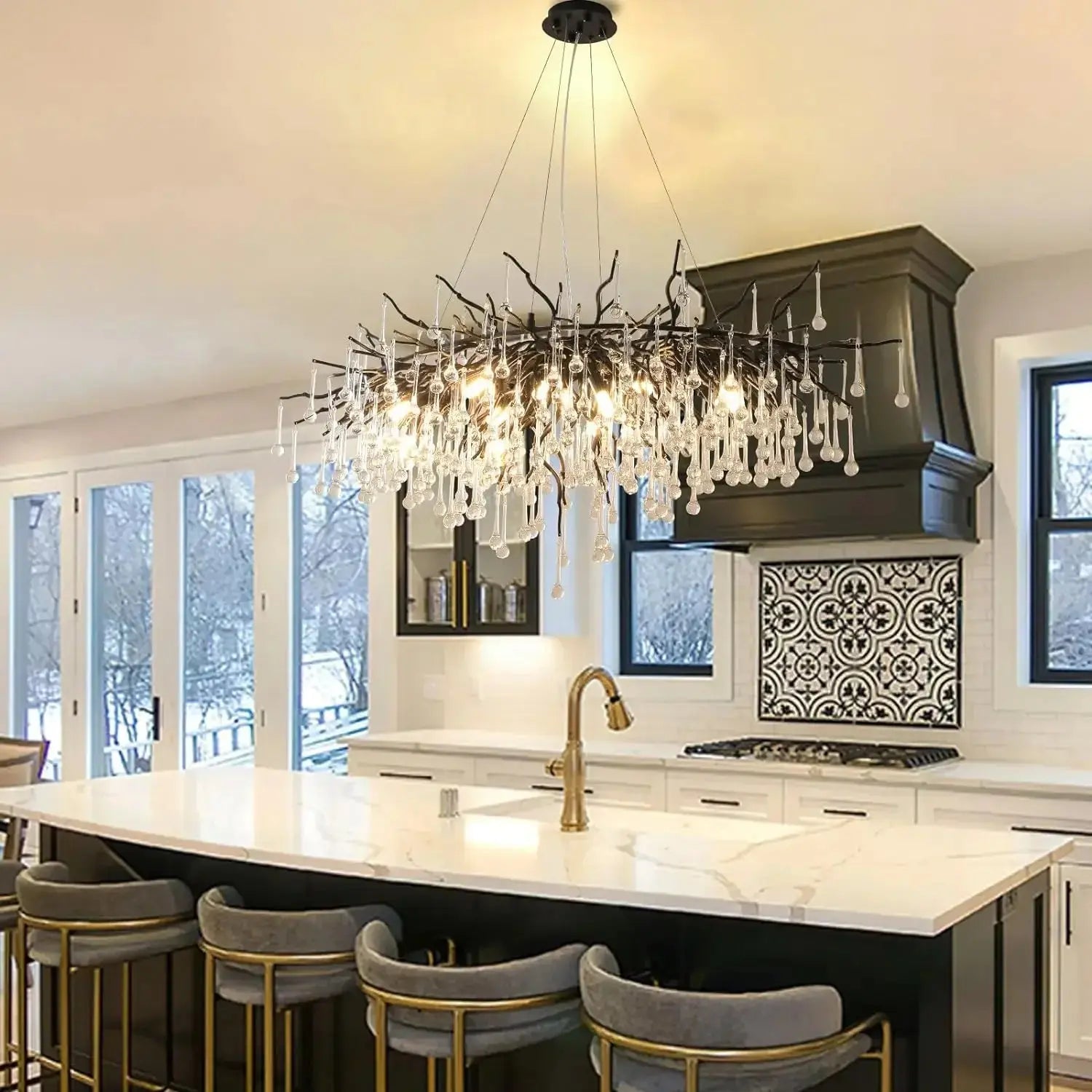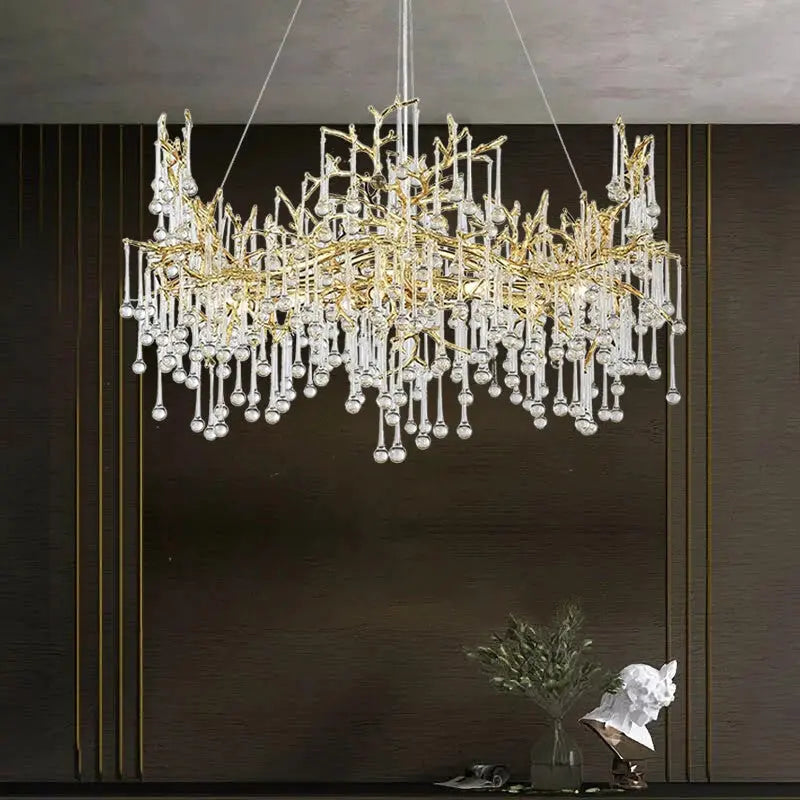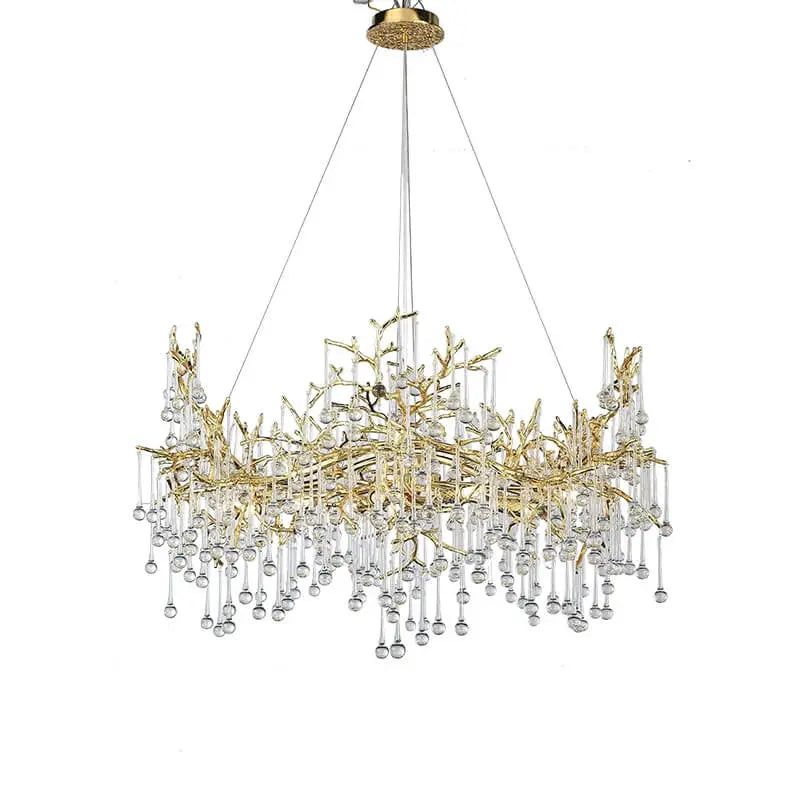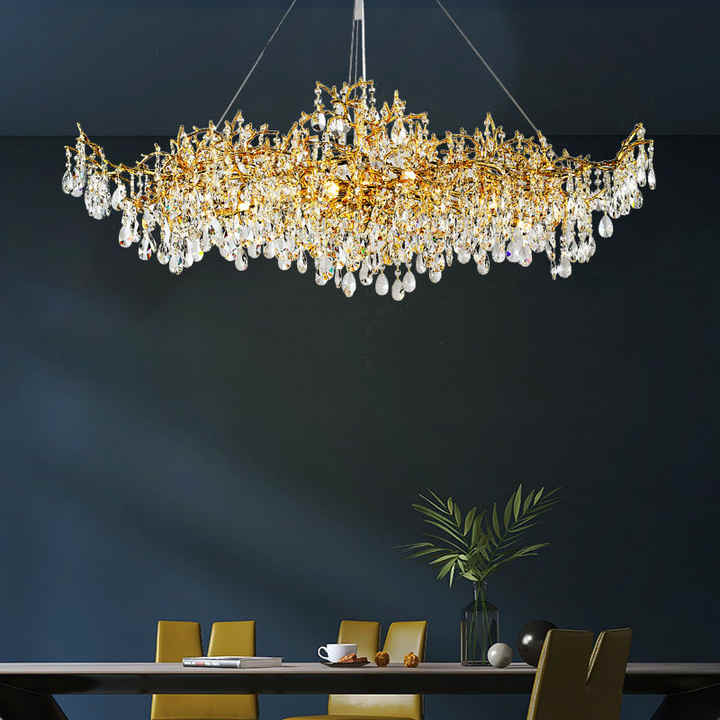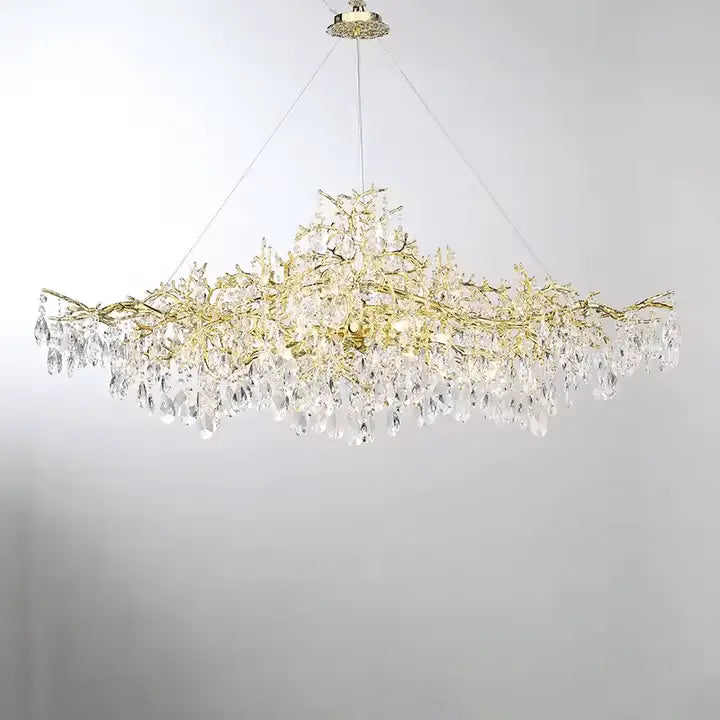When it comes to lighting your home, choosing between a chandelier and a light fixture can be a bit tricky. Both options have their own unique charm and serve different purposes. Chandeliers often bring elegance and style, while light fixtures are more practical and versatile. This article breaks down the differences between the two to help you make the best choice for your space.
Key Takeaways
- Chandeliers are decorative and ideal for high ceilings.
- Light fixtures are versatile and can fit in various room sizes.
- Consider the room's purpose and style when choosing lighting.
- Chandeliers often need professional installation, while light fixtures can be easier to install yourself.
- Both chandeliers and light fixtures can work together for a layered lighting effect.
Chandelier vs Light Fixture: An Overview

Chandeliers
Chandeliers are those fancy light fixtures that hang from the ceiling, often making a bold statement. They're known for their decorative designs and can really add a touch of elegance to a room. Think of them as more than just a light source; they're a design element. You'll find them in various styles, from classic crystal chandeliers to modern, abstract pieces. They're usually suspended by a chain, rod, or cord.
Light Fixtures
On the other hand, light fixtures are more about function. They're designed to provide light to a specific area. They come in all shapes and sizes, from simple wall-mounted fixtures to pendant lights and track lighting. While some modern light fixtures do have a decorative element, the main focus is on providing adequate illumination. They're the workhorses of the lighting world, prioritizing practicality and efficiency.
Choosing between a chandelier and a light fixture really depends on what you need the light to do. Do you want to make a statement, or do you just need to brighten up a room? That's the key question to ask yourself.
Key Differences Between Chandeliers and Light Fixtures
Design and Aesthetics
Chandeliers are often chosen for how they look. They usually have detailed designs, sometimes with crystals, and several arms holding light bulbs. Light fixtures, on the other hand, are more about function, providing light without being too flashy. Think of it this way: a chandelier is like jewelry for your ceiling, while a light fixture is more like a reliable watch. A chandelier's aesthetic appeal is undeniable.
Purpose and Functionality
Chandeliers are often put in places where they can be a focal point, like dining rooms or entryways. They're more about creating a mood and looking good than providing a lot of light. Light fixtures are used for general lighting in places like kitchens, bathrooms, and offices. They're there to help you see what you're doing. It's about purpose and functionality at the end of the day.
Size and Placement
Chandeliers tend to be bigger and need higher ceilings to show off their design. Light fixtures are more flexible and can go in different spots, even rooms with low ceilings. You wouldn't want a huge chandelier in a small room, it would look out of place. Here's a quick guide:
- Chandeliers: High ceilings, large rooms, focal points.
- Pendant Lights: Medium ceilings, dining areas, task lighting.
- Flush Mounts: Low ceilings, hallways, general lighting.
Choosing the right size and placement is key to making your lighting work well in the space. Think about the room's dimensions and what you want to highlight.
Light fixtures are more versatile in size and placement.
Choosing the Right Option for Your Space
Consider Your Space
When picking between a chandelier and a light fixture, the first thing to think about is the room itself. What are its dimensions? How high is the ceiling? A grand chandelier might look amazing in a large entryway with high ceilings, adding that wow factor. But, it could easily overwhelm a smaller room, making it feel cramped. On the other hand, a simple light fixture might be perfect for a smaller space, providing ample light without taking over the room. Think about the room's purpose too. Is it a formal dining room where a chandelier could set the mood, or a casual kitchen where practical lighting is more important?
Style and Theme
Next up, consider the overall style and theme of your home. Is your decor modern and minimalist, or more traditional and ornate? A crystal chandelier might be a great fit for a traditional setting, adding a touch of elegance and glamour. But, it might clash with a modern aesthetic. In a modern space, a sleek, contemporary light fixture might be a better choice, blending seamlessly with the clean lines and simple forms. The lighting should complement your existing decor, not compete with it.
Here's a quick guide:
- Traditional: Chandeliers with crystals, ornate details.
- Modern: Simple fixtures, clean lines, metal finishes.
- Rustic: Fixtures with natural materials, warm tones.
- Eclectic: A mix of styles, unique and eye-catching pieces.
Budget
Finally, let's talk about budget. Chandeliers can range from relatively affordable to incredibly expensive, depending on the materials, size, and design. Light fixtures also have a wide price range, but generally, you can find simpler, more budget-friendly options. It's important to set a budget before you start shopping so you don't overspend. Remember to factor in installation costs too, especially if you're planning to hire a professional. You can find adjustable chandeliers that fit your budget.
Don't forget to think about the long-term costs too. Energy-efficient LED bulbs can save you money on your electricity bill over time, so it might be worth investing in fixtures that use them. Also, consider the maintenance required. Some chandeliers, especially those with lots of crystals, can be time-consuming to clean.
Installation Considerations for Lighting
Professional Installation
Sometimes, tackling electrical work yourself just isn't the best idea. Hiring a professional electrician professional electrician can save you a lot of headaches, especially with chandeliers or complex lighting systems. They know all the codes, have the right tools, and can ensure everything is safely installed. Plus, they can often spot potential problems before they become major issues. It might cost more upfront, but it's often worth it for the peace of mind.
Self-Installation Tips
If you're the DIY type, installing light fixtures yourself can be rewarding. But safety first! Always turn off the power at the breaker before you start. Double-check it's off with a voltage tester. Read the instructions carefully, and don't be afraid to watch some online tutorials. Make sure you have all the necessary tools, like wire strippers, screwdrivers, and safety glasses. And if you're not comfortable with any part of the process, it's okay to call in a pro. Here are some things to keep in mind:
- Always turn off the power.
- Read the instructions carefully.
- Use the right tools.
- Double-check your connections.
Remember, electricity is dangerous. If you're unsure about anything, it's always best to consult a qualified electrician. It's better to be safe than sorry.
Height and Placement
Where you put your lights and how high they hang can make a big difference in how a room feels. For dining rooms, chandeliers typically hang 30-36 inches above the table. In hallways, make sure fixtures are high enough that people won't bump into them. Consider the size of the room and the purpose of the light when deciding on placement. Think about how the light will interact with furniture and other elements in the room. Getting the right height and placement can really transform a space.
Here's a quick guide:
| Room | Fixture Type | Recommended Height |
|---|---|---|
| Dining Room | Chandelier | 30-36 inches above the table |
| Hallway | Flush Mount | At least 7 feet from the floor |
| Kitchen | Pendant | 30-40 inches above the countertop |
Ambiance and Lighting Effects

Creating a Focal Point
Lighting can really transform a room, and one of the best ways to do that is by creating a focal point. A striking chandelier or a carefully positioned light fixture can draw the eye and set the tone for the entire space. Think about what you want people to notice first when they walk into the room. Is it a beautiful piece of art? A cozy reading nook? Use lighting to highlight that area and make it stand out. For example, a dining room chandelier can be the centerpiece of your dining area, adding elegance and charm.
Layering Light Sources
Don't rely on just one type of light! Layering different light sources is key to creating a well-lit and inviting space. Think about it like this:
- Ambient Lighting: This is your overall, general illumination. It fills the room and makes it easy to see.
- Task Lighting: This is focused light for specific activities, like reading or cooking. Think desk lamps or under-cabinet lights.
- Accent Lighting: This is used to highlight specific features or add visual interest. Picture lights or spotlights are great examples.
By combining these three types of lighting, you can create a space that is both functional and beautiful. Movable wall lights are also a great option to consider.
Adjustable Lighting Options
Flexibility is key! Being able to adjust your lighting to suit different moods and activities is a game-changer. Dimmers are your best friend here. Install them on as many light fixtures as possible so you can easily adjust the brightness. This is especially useful in living rooms and bedrooms, where you might want bright light for reading or working, but soft, ambient light for relaxing in the evening. Dimmers offer flexibility, allowing you to adjust the brightness to create a cozy and intimate atmosphere.
Having adjustable lighting is not just about convenience; it's about creating a space that adapts to your needs and enhances your overall well-being. It allows you to set the perfect mood for any occasion, from a lively gathering to a quiet night in.
Practical Applications of Chandeliers and Light Fixtures
Best Rooms for Chandeliers
Chandeliers really shine in spaces where you want to make a statement. Think dining rooms, entryways, and even bedrooms if you're going for a luxurious vibe. They're not just about light; they're about adding a touch of elegance. A well-placed chandelier can transform a simple room into something special. I've seen some amazing transformations using chandelier lighting fixtures in unexpected places, like walk-in closets or even bathrooms (though you need to make sure they're rated for damp locations!).
Ideal Spaces for Light Fixtures
Light fixtures, on the other hand, are workhorses. They're perfect for areas where you need consistent, reliable light. Kitchens, bathrooms, hallways, and offices are all great candidates. While they might not be as flashy as chandeliers, light fixtures come in a huge range of styles, so you can definitely find something that fits your decor. Consider ceiling lights for a low-profile option in rooms with lower ceilings.
Combining Both for Versatility
Why choose when you can have both? The best lighting schemes often incorporate a mix of chandeliers and light fixtures. Use a chandelier as a focal point and then supplement it with recessed lighting or wall sconces to fill in the gaps. This approach gives you both style and functionality. Think about using dimmers to control the intensity of each type of light, allowing you to create different moods for different occasions.
Layering light is key. Don't rely on a single source of illumination. Combine ambient, task, and accent lighting to create a well-lit and visually interesting space. This approach not only enhances the aesthetics of your home but also improves its functionality.
Here's a simple table to illustrate some common combinations:
| Room | Chandelier | Light Fixtures |
|---|---|---|
| Dining Room | Over the dining table | Recessed lighting, wall sconces |
| Living Room | As a central decorative piece | Floor lamps, table lamps, track lighting |
| Bedroom | Above the bed or in a seating area | Bedside lamps, closet lighting |
| Kitchen | Over the island or breakfast nook | Under-cabinet lighting, pendant lights over sink |
Wrapping It Up
In the end, choosing between a chandelier and a light fixture really comes down to what you need for your space. Chandeliers can bring a touch of elegance and serve as a stunning centerpiece, while light fixtures are all about practicality and versatility. Think about the size of your room, the vibe you want to create, and how much you’re willing to spend. Good lighting can totally change the feel of a room, so take your time figuring out what works best for you. And hey, if you can’t decide, why not mix it up? A chandelier in the dining room paired with some sleek ceiling lights elsewhere can create a nice balance. Just remember, lighting is more than just about brightness; it’s about setting the mood and making your home feel like yours.
Frequently Asked Questions
What is the main difference between a chandelier and a light fixture?
Chandeliers are fancy hanging lights that add style to a room, while light fixtures are more practical and provide general lighting.
Can I use a chandelier in a small room?
Yes, you can use a chandelier in a small room, but make sure it's not too big for the space.
Are chandeliers expensive?
Chandeliers can be pricier because of their elaborate designs, but there are also affordable options available.
What type of room is best for a chandelier?
Chandeliers work well in dining rooms, entryways, and living rooms where you want to create a special atmosphere.
How do I choose the right light fixture for my home?
Think about the size of the room, your style preferences, and how much light you need when choosing a light fixture.
Can I install a light fixture myself?
Yes, many light fixtures are easy to install, but if you're unsure, it's best to hire a professional.

